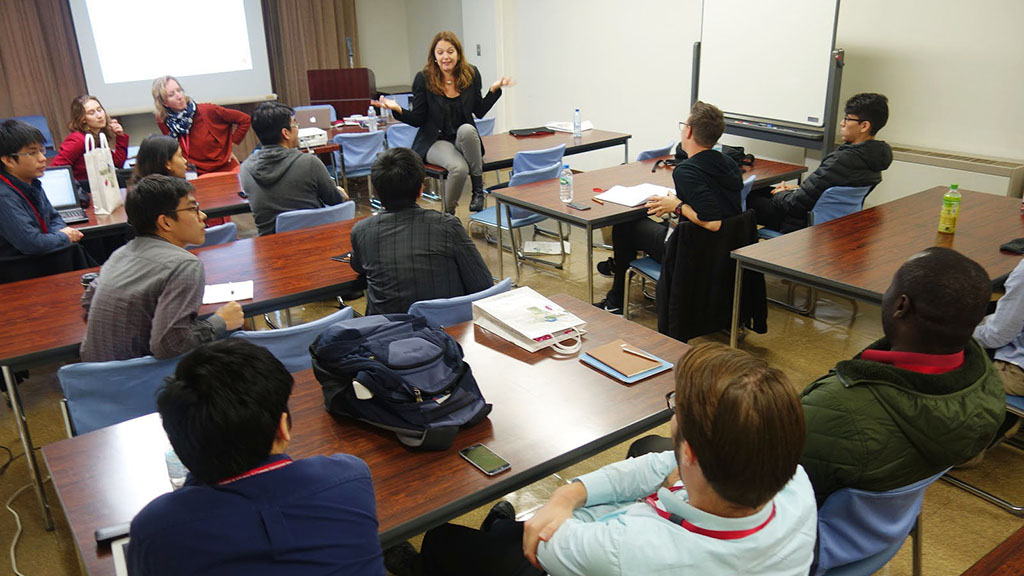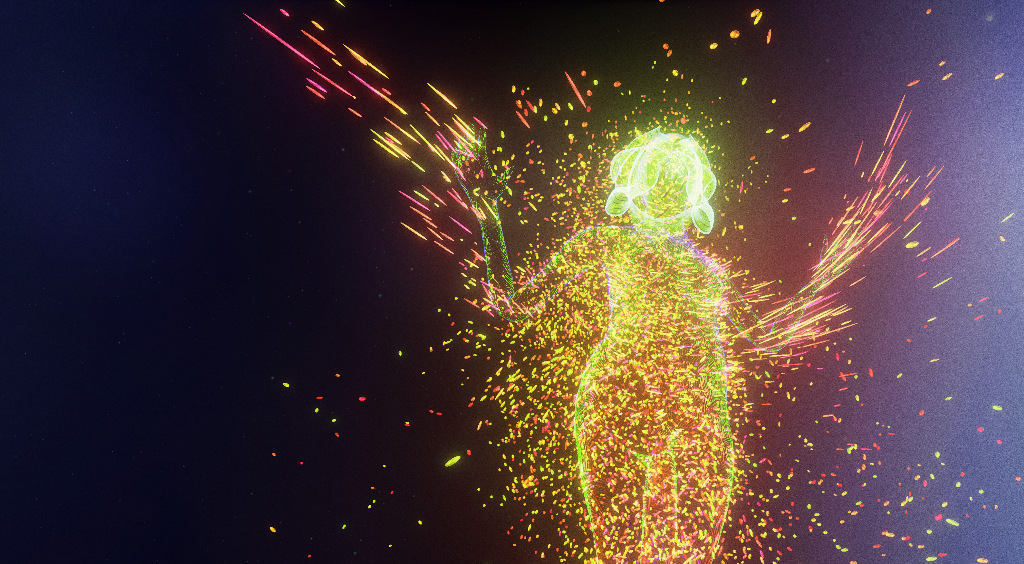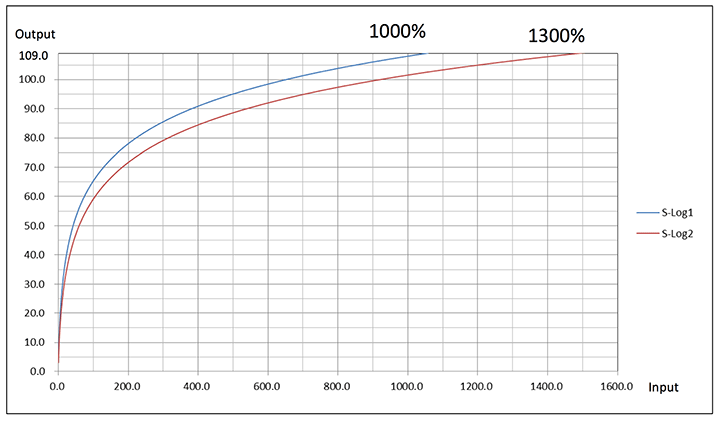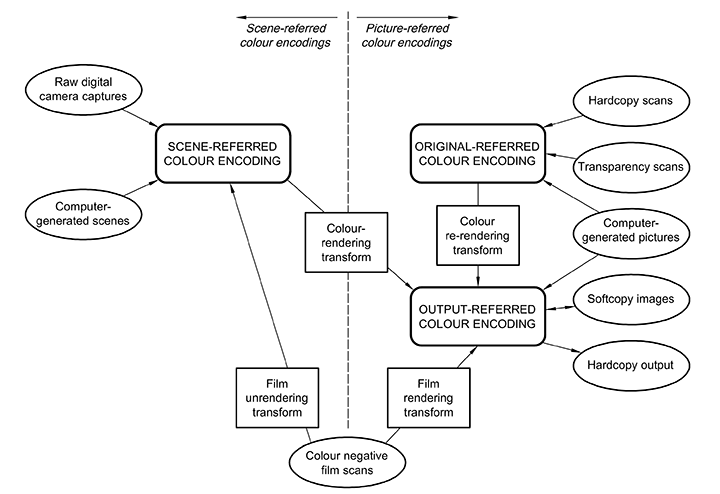Published October 31, 2020: see link below for a PDF version of this article. MARTIAL ARTS TOKYO – SHOT ON KOMODO – Camera and Workflow Assessment.pdf See the following links for IPP2-related materials used in this article. IPP2 Output Presets (https://www.red.com/download/ipp2-output-presets)RED Creative LUT Kit (https://www.red.com/download/red-creative-lut-kit) Introduction In early September 2020, Mr. Takuro Ishizaka, Director of […]






